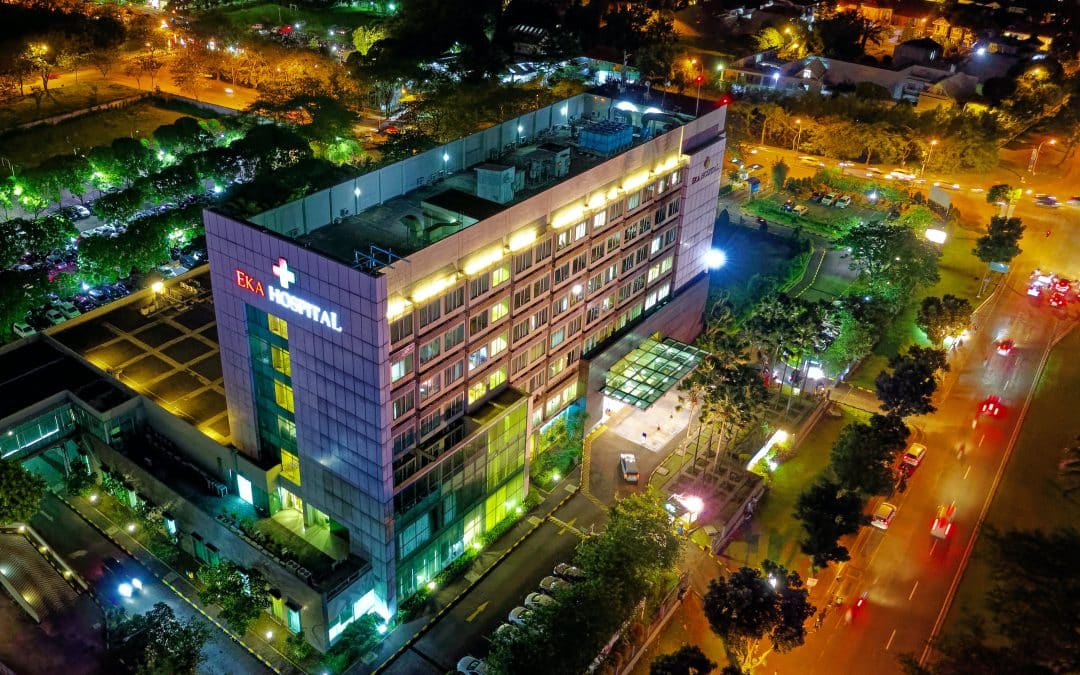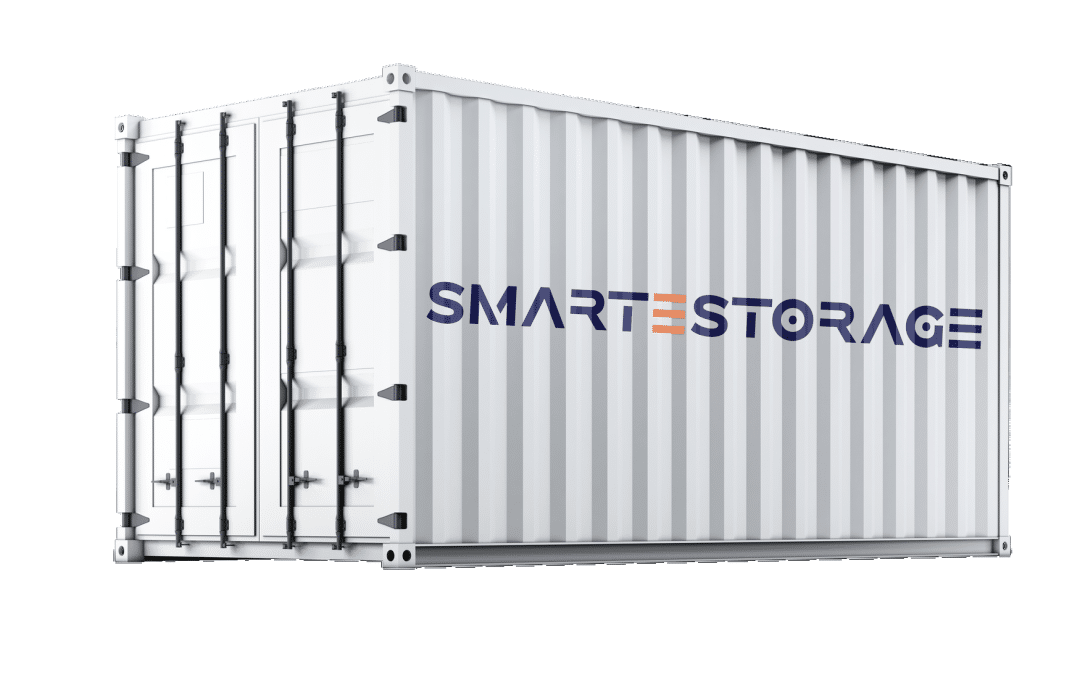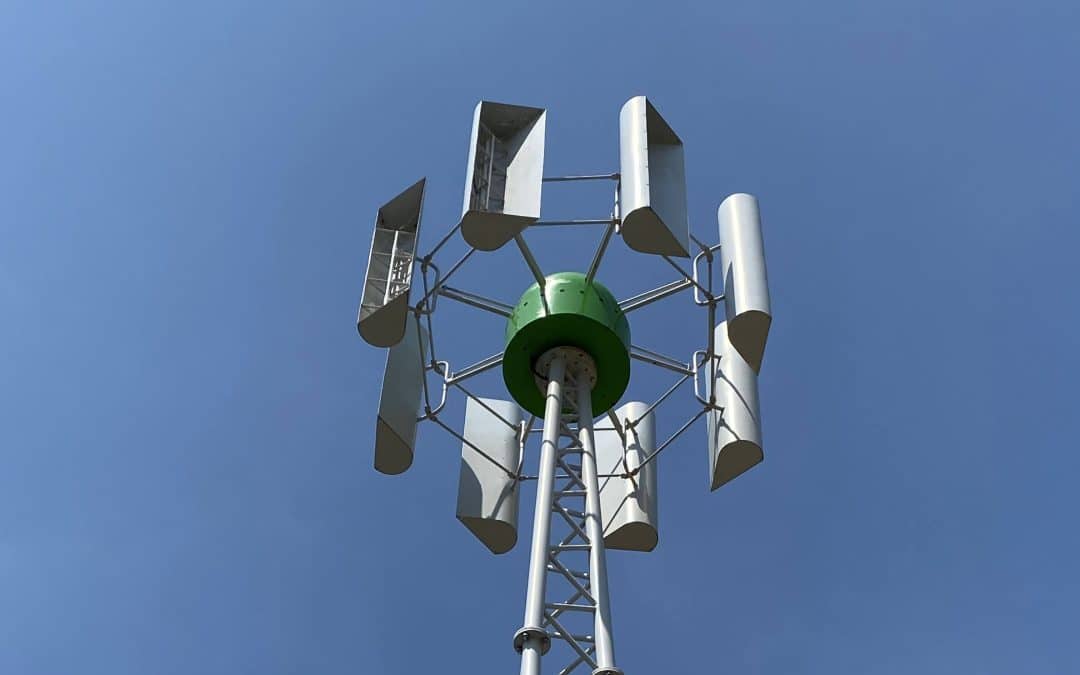Frequently Asked Questions
“Questions are a powerful tool for unlocking new possibilities.”
– Michael J. Gelb
How do I get started with a renewable energy solution for my facility?
To get started with a renewable energy solution for your facility, contact our team at info@solarsenal.com or call us at (202) 670-7072 or use the web form. We can provide a customized solution that meets your specific needs and help you navigate the process from design to installation.
What does the installation process typically look like?
The installation process for a solar and energy storage system can vary depending on a number of factors, including the size and complexity of the system, the type of building or structure it is being installed on, and local regulations and permitting requirements. However, the following is a general overview of what you can expect during the Solarsenal installation process, after the initial proposal has been accepted:
- Site evaluation and design: The first step in the process is typically a site evaluation, during which a Solarsenal professional will visit your property to assess the location, shading, orientation, and other factors that can impact the design and performance of the system. Based on this evaluation, they will create a customized design and proposal for your system, which includes the size, placement, and components of the system.
- Permitting and approvals: Before installation can begin, Solarsenal, with your help, will need to obtain any necessary permits and approvals from your local government or utility. This can involve submitting plans and specifications for the system, as well as completing inspections and other requirements to ensure that the installation meets all applicable codes and regulations.
- Installation of solar panels and energy storage: Once the necessary approvals are in place, the installation process can begin. This typically involves mounting the solar panels on your roof or on a ground-mounted structure, installing the energy storage system and connecting it to your electrical system. Solarsenal only works with licensed personnel.
- Electrical and monitoring connections: After the physical installation of the system is complete, the electrical connections will be made to tie the solar panels and energy storage to your building’s electrical system. The system will also be connected to Solarsenal’s monitoring system that allows you to track the energy production and usage of the system.
- Commissioning and testing: Before the system is turned on, it will go through a commissioning and testing process to ensure that it is operating safely and effectively. This can involve running a series of tests and checks to verify that the system is working as expected and that all components are functioning properly.
- System activation: Once the installation and testing process is complete, the system will be activated and you can begin generating and using solar energy. Solarsenal will provide training on how to operate and monitor the system, as well as ongoing support and maintenance services to ensure that it continues to operate effectively over time.
Overall, the installation process can take several weeks or even months to complete, depending on the size and complexity of the system and the permitting and approvals required in your area. However, Solarsenal’s qualified installers can guide you through the process and help ensure that your solar and energy storage system is installed safely and effectively to maximize your energy savings and reduce your carbon footprint.
What size energy storage should my manufacturing facility buy if it has high consumption from the grid and uses solar panels to produce additional renewable energy?
The size of the energy storage system needed for a manufacturing facility depends on several factors, including the facility’s energy usage patterns, the size of the solar panel system, and the specific goals of the energy storage system. In general, a larger energy storage system can provide more benefits, such as greater energy independence and cost savings, but it may also come at a higher upfront cost.
To determine the appropriate size of energy storage for a manufacturing facility with high grid consumption and solar panels, we would need to conduct an energy audit and analysis. This would involve evaluating the facility’s energy usage patterns and solar energy production, as well as analyzing the facility’s energy needs and goals.
In some cases, a smaller energy storage system may be sufficient to offset peak demand charges or provide backup power during grid outages. In other cases, a larger energy storage system may be necessary to achieve greater energy independence and cost savings.
We recommend working with Solarsenal’s experts to determine the appropriate size of energy storage for your specific needs. We can provide a customized solution that takes into account your energy usage patterns, solar energy production, and energy goals, and help you navigate the process from design to installation.
Do I need to install battery storage alongside my solar panels?
No. The decision to install battery storage alongside solar panels depends on your specific energy needs and goals. Here are some factors to consider:
- Energy independence: If you want to reduce your reliance on the grid and have a backup power source during outages, then battery storage is a good option. With battery storage, you can store excess solar energy generated during the day and use it at night or during periods of high demand.
- Peak demand management: If your electricity rates are based on peak demand, then battery storage can help you manage your energy usage during these peak periods. By using stored energy during peak periods, you can reduce your electricity costs.
- Cost savings: Depending on the cost of electricity in your area and the cost of battery storage, adding battery storage to your solar panel system can help you save money on your energy bills.
- Environmental benefits: By using solar panels and battery storage, you can reduce your carbon footprint and help support renewable energy.
In summary, if you want to increase your energy independence, manage peak demand, save money on your energy bills, or support renewable energy, then installing battery storage alongside your solar panels may be a good option for you. Solarsenal experts will help you determine the appropriate size of battery storage for your specific needs and goals.
How much does a solar & storage system cost?
The cost of a solar and storage system can vary widely depending on several factors, including the size of the system, the type and capacity of the storage, the location, the complexity of the installation, and any applicable incentives or rebates.
It’s important to note that while the upfront cost of solar and storage systems can be significant, they can provide significant long-term cost savings through reduced energy bills and energy independence.
Additionally, there are various federal, state, and local incentives and rebates available that can help offset the cost of solar and storage systems. It’s recommended to work with a renewable energy system integrator company to determine the specific cost of a solar and storage system for your needs and to explore available incentives and financing options.
What's the ROI?
The return on investment (ROI) of a solar and storage system depends on several factors, including the cost of the system, the amount of energy produced and stored, and the cost of electricity from the grid.
In general, the ROI of a solar and storage system is calculated by dividing the total cost of the system by the amount of money saved on energy bills over the life of the system. The ROI can vary widely depending on the specific factors mentioned above, as well as factors such as system efficiency, maintenance costs, and inflation.
In some cases, the ROI of a solar and storage system can be achieved within a few years, especially if energy prices are high in your area or if you are able to take advantage of government incentives or rebates. In other cases, the ROI may take longer to achieve, but the long-term benefits of reduced energy bills and increased energy independence can still make the investment worthwhile.
Note there are other (financial) benefits beyond the strict ROI, for example the ability to continue operations during an extended blackout, no downtime, protection of sensitive machinery, and general risk mitigation.
Solarsenal experts will help you conduct a thorough analysis of your energy needs and goals, as well as any available incentives and financing options, to determine the potential ROI of a solar and storage system for your specific situation.
What other financial benefits does a solar & battery system have beyond the ROI for electricity costs?
In addition to providing savings on electricity costs, a solar and battery system can offer several other financial benefits, including:
- Increased property value: Installing a solar and battery system can increase the value of your property. According to a study by the National Renewable Energy Laboratory (NREL), homes with solar panels sold for an average of 4.1% more than homes without solar panels.
- Tax incentives and rebates: Depending on where you live, you may be eligible for federal, state, or local tax incentives or rebates for installing a solar and battery system. These incentives can help offset the upfront cost of the system and improve the ROI.
- Renewable Energy Credits (RECs): RECs are tradable certificates that represent the environmental benefits of generating renewable energy. Depending on where you live, you may be able to sell RECs associated with your solar and battery system and generate additional revenue.
- Resilience and energy independence: A solar and battery system can provide energy independence and increase the resilience of your property against power outages or grid failures, which can have financial benefits by reducing the risk of downtime or lost productivity.
- Green branding and marketing: Installing a solar and battery system can help demonstrate your commitment to sustainability and green initiatives, which can be a positive marketing tool and help differentiate your business in a competitive market.
It’s important to work with a renewable energy system integrator company to determine the specific financial benefits of a solar and battery system for your needs and to explore available incentives and financing options.
In case of a power outage, how quick is the response time of the batteries?
Solarsenal’s battery storage systems are designed to respond quickly to a power outage and can provide backup power in a matter of milliseconds, meaning you will not even notice the switch and as a result, sensitive machinery is protected.
The system can be configured to prioritize critical loads or to power the entire facility, depending on your needs and the available battery capacity.
Is LFP battery chemistry considered to be a solid state battery chemistry?
No, LFP (Lithium Iron Phosphate) battery chemistry is not considered to be a solid-state battery chemistry. Solid-state batteries use solid electrolytes instead of liquid or gel electrolytes to separate the cathode and anode. LFP batteries, on the other hand, use liquid or gel electrolytes to allow the flow of lithium ions between the cathode and anode during charging and discharging.
LFP batteries are known for their safety, stability, and long cycle life. They are commonly used in applications where high power and energy density are not required, such as electric vehicles and stationary energy storage systems.
Can the batteries be charged from the grid as well?
Yes, Solarsenal battery storage systems can be charged from the grid as well as from renewable energy sources such as solar or wind power. They can even be charged using diesel generators.
When excess solar or wind energy is generated and not immediately consumed by the facility, it can be stored in the battery for later use. Similarly, when electricity prices are low or when excess grid capacity is available, batteries can be charged from the grid to maximize savings and ensure that the system is fully charged when needed.
Solarsenal’s battery storage systems are configured to automatically switch between charging from the grid and charging from renewable sources based on a set of pre-defined rules or algorithms. This allows the system to maximize the use of renewable energy while ensuring that the battery is always fully charged and ready to provide backup power in case of an outage or other emergency.
How are insurance and warranty issues handled?
Insurance and warranty issues for solar and energy storage systems are handled by Solarsenal, the integrator, in some cases the manufacturer and installer of the equipment. In case of third party manufacturers or services, Solarsenal will ensure the right protection is in place for the client. Here are some considerations:
- Equipment Warranty: Most solar panels, battery storage systems, and inverters come with a manufacturer’s warranty that covers defects and malfunctions. The length and coverage of the warranty can vary, but most offer coverage for at least 10 years. Make sure to carefully review the warranty terms and conditions before purchasing equipment to ensure you understand what is covered and for how long.
- Installation Warranty: In addition to equipment warranties, Solarsenal may also offer installation warranties. These typically cover any damage or issues related to the installation of the equipment and can range from 1 to 5 years.
- Performance Guarantees: Solarsenal may offer performance guarantees that ensure the system will produce a certain amount of energy over a given period. If the system falls short of this guarantee, Solarsenal may provide compensation or additional equipment to make up for the shortfall.
- Insurance Coverage: Solarsenal carries liability insurance to protect against any damage or injury that may occur during the installation process. In addition, Solarsenal may offer insurance policies that cover damage to the equipment due to factors such as weather or vandalism.
Solarsenal will walk you through and help you carefully review the warranties and insurance policies offered by the various parties to ensure that you are adequately protected. Additionally, make sure to keep all documentation related to your system in a safe place and notify your insurance provider of any changes to your system to ensure you have adequate coverage.
What could go wrong during operation?
Like any technology, solar and energy storage systems can experience issues during operation. Here are some of the most common issues that can occur:
- Equipment Malfunctions: Solar panels, inverters, and battery storage systems can experience malfunctions due to various factors such as manufacturing defects, wear and tear, and environmental factors. If any of these components fail, it can affect the performance of the entire system.
- System Monitoring Issues: Solarsenal’s solar and energy storage systems are equipped with monitoring software that allows you to track system performance and identify any issues. However, if for any reason there is a problem with the monitoring system, it can be difficult to identify and address issues.
- Damage from Environmental Factors: Extreme weather events such as hailstorms, high winds, lightning or flooding can damage solar panels and energy storage systems. Proper installation and maintenance procedures of Solarsenal will help mitigate the risk of damage, but it’s important to be aware of potential risks in your area.
- User Error: In some cases, issues with solar and energy storage systems can be caused by user error, such as improper system maintenance or failure to properly use the monitoring software.
To minimize the risk of issues during operation, it’s important to have your system installed by a reputable installer, certified by Solarsenal, regularly maintain the equipment, and be aware of any potential environmental risks in your area. If you do experience issues, it’s important to work with a qualified Solarsenal technician to address them promptly and ensure the long-term performance and reliability of your system.
Are the systems scalable?
Yes, Solarsenal’s solar and energy storage systems are typically scalable, meaning that you can add or remove components to increase or decrease the size and capacity of the system based on your changing energy needs. This can be especially beneficial for businesses or households that anticipate changes in energy usage, such as expanding operations or adding new equipment.
Scalability can also help you avoid overinvesting in a system that is larger than what you currently need. Instead, you can start with a smaller system and add more components as your energy needs grow. This can help you optimize your investment and reduce the overall cost of the system.
When designing a scalable system, it’s important to work with Solarsenal’s qualified installers or a trusted energy professional who can help you determine the appropriate size and components for your specific needs. We can also help you plan for future expansion and ensure that the system is designed and installed to accommodate future changes.
What is a vertical wind turbine?
A vertical wind turbine is a type of wind turbine that rotates around a vertical axis, rather than a horizontal axis like traditional wind turbines. Vertical wind turbines are designed to be more efficient and have a smaller footprint than traditional wind turbines.

Optimize Generator Use with Batteries
Diesel generators as a source of power? Using diesel generators in large energy-intensive facilities and buildings can offer several benefits, depending on the specific requirements and circumstances of the facility. Here are some of the main benefits: Reliable Power...

Enhancing Renewable Energy Grid Stability with SMARTESTORAGE Rugged Batteries
In the realm of electrical power engineering, ensuring the seamless operation of wind and photovoltaic (PV) generators is paramount. These renewable energy sources play a crucial role in our transition to a sustainable future, but they face a unique challenge – the...

Harnessing the Wind: The Advantages of VERTICAWIND Vertical-Axis Wind Turbines for Industrial Facilities
In the pursuit of sustainable energy solutions, the role of wind power continues to rise as a beacon of hope. Amid the sea of horizontal axis wind turbines, a revolutionary contender emerges, promising a quiet, efficient, and versatile solution for both industrial and...
